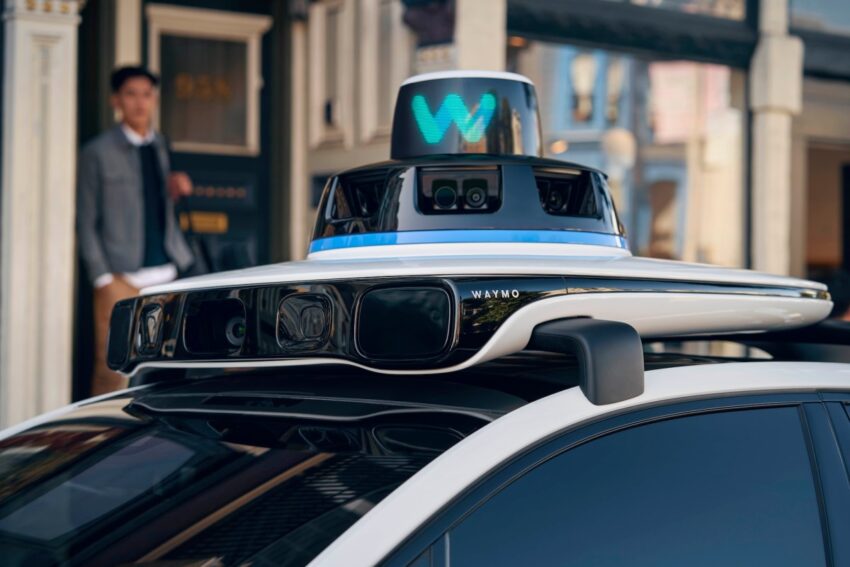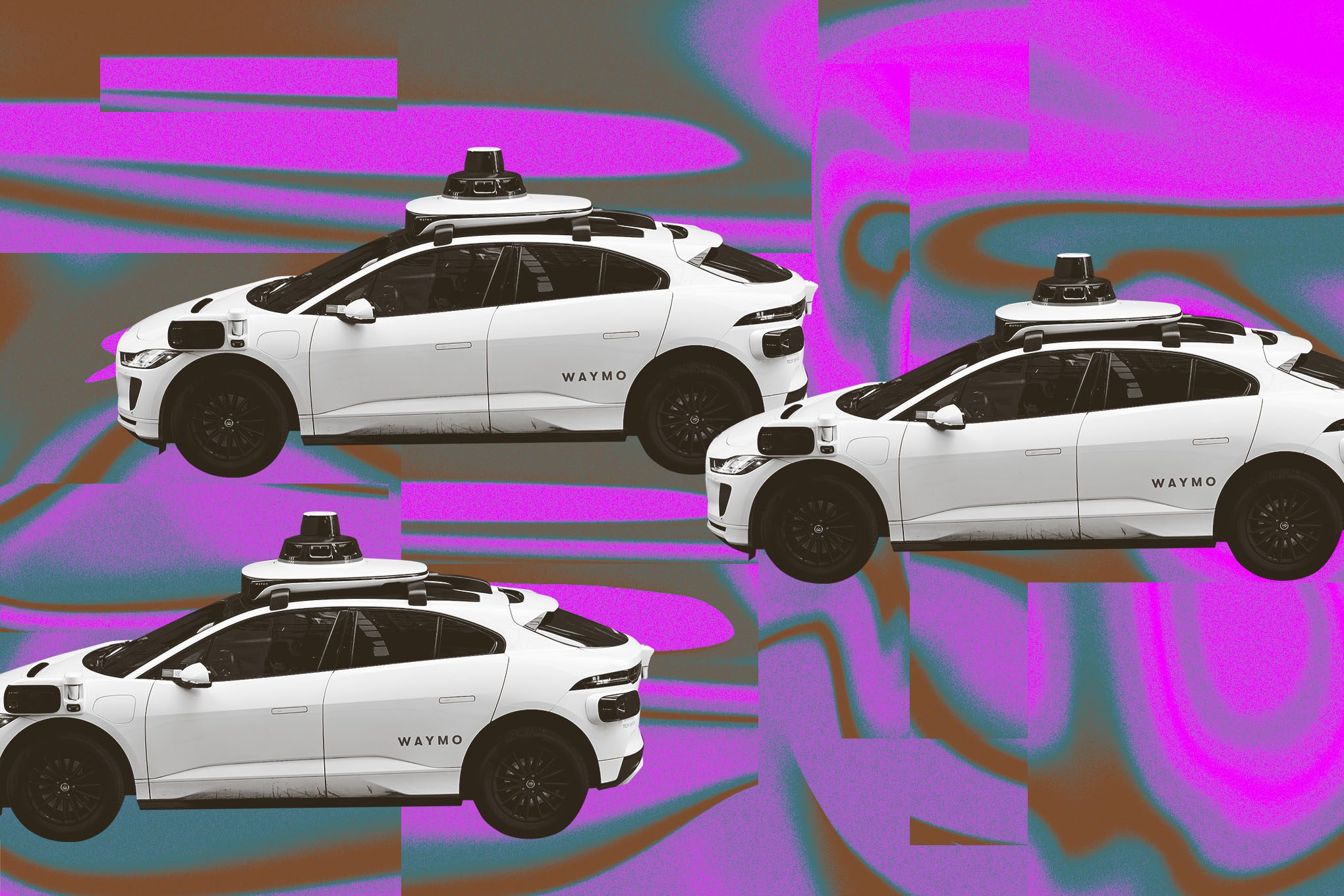
waymo plans to launch a robotaxi service Waymo has announced plans to introduce a robotaxi service in London by 2026, marking a significant expansion of its autonomous vehicle operations beyond the United States.
waymo plans to launch a robotaxi service
Waymo’s UK Expansion
Waymo, a leader in autonomous vehicle technology, has been steadily building its presence in the United Kingdom since its acquisition of Latent Logic in 2019. This strategic move allowed Waymo to leverage Latent Logic’s expertise in simulating human behavior, which is crucial for developing safe and efficient autonomous driving systems. The acquisition not only provided Waymo with a foothold in the UK but also enhanced its capabilities in understanding complex driving environments, particularly in urban settings.
With the planned launch of its robotaxi service in London, Waymo aims to tap into one of the world’s most dynamic and congested urban landscapes. London is known for its intricate road networks, diverse traffic conditions, and a high volume of pedestrians, making it an ideal testing ground for autonomous vehicles. The introduction of a robotaxi service in such an environment could significantly impact urban mobility and public transportation.
Technological Advancements
Waymo’s autonomous vehicles are equipped with a suite of advanced technologies that enable them to navigate complex environments safely. These include:
- LiDAR Sensors: Waymo vehicles utilize LiDAR (Light Detection and Ranging) technology to create detailed 3D maps of their surroundings. This allows the vehicles to detect obstacles, pedestrians, and other vehicles with high precision.
- Machine Learning Algorithms: The company employs sophisticated machine learning algorithms to analyze data collected from various sensors. This enables the vehicles to make real-time decisions based on the ever-changing conditions of the road.
- Data Collection and Simulation: Waymo has amassed millions of miles of driving data, which it uses to train its algorithms. The company also conducts extensive simulations to test how its vehicles would respond to different scenarios, further enhancing safety and reliability.
These technological advancements are crucial for ensuring that Waymo’s robotaxis can operate safely and efficiently in a city like London, where traffic patterns and regulations may differ significantly from those in the United States.
Regulatory Landscape
Launching a robotaxi service in London will require Waymo to navigate a complex regulatory landscape. The UK government has been proactive in exploring the potential of autonomous vehicles, with various initiatives aimed at fostering innovation while ensuring public safety. However, the regulatory framework for autonomous vehicles is still evolving, and Waymo will need to work closely with local authorities to comply with existing laws and regulations.
In recent years, the UK has made strides in developing policies to support the testing and deployment of autonomous vehicles. The government has established a framework for the safe testing of self-driving cars on public roads, which includes guidelines for insurance, liability, and safety standards. Waymo will likely need to engage with the UK Department for Transport and other relevant agencies to ensure that its robotaxi service meets all regulatory requirements.
Public Perception and Acceptance
Public perception of autonomous vehicles plays a critical role in their successful deployment. While there is a growing interest in the technology, concerns about safety, privacy, and job displacement remain prevalent. Waymo will need to address these concerns as it prepares to launch its robotaxi service in London.
To foster public acceptance, Waymo may consider implementing community engagement initiatives, such as:
- Public Demonstrations: Organizing events where residents can experience the robotaxi service firsthand may help alleviate fears and build trust in the technology.
- Educational Campaigns: Informing the public about the safety features and benefits of autonomous vehicles can help dispel myths and misconceptions.
- Partnerships with Local Organizations: Collaborating with local transportation agencies and community groups can enhance credibility and demonstrate a commitment to serving the needs of Londoners.
Market Implications
The introduction of Waymo’s robotaxi service in London could have significant implications for the transportation market. The UK is home to a robust public transportation system, including buses, trains, and the iconic London Underground. However, the demand for flexible and convenient transportation options is on the rise, particularly in urban areas.
Waymo’s robotaxi service could offer a viable alternative to traditional taxis and ride-sharing services, potentially reshaping the competitive landscape. By providing a safe, efficient, and cost-effective mode of transportation, Waymo may attract a diverse range of customers, from commuters to tourists.
Potential Challenges
Despite the promising prospects, Waymo’s entry into the London market is not without challenges. Some of the key hurdles the company may face include:
- Competition: The UK market already has established players in the ride-hailing space, such as Uber and Bolt. Waymo will need to differentiate its service and demonstrate its value proposition to attract customers.
- Infrastructure Limitations: The existing road infrastructure in London may pose challenges for autonomous vehicles. Waymo will need to work with local authorities to address any potential road design or traffic management issues.
- Weather Conditions: London’s weather can be unpredictable, with rain and fog being common. Waymo’s vehicles will need to be equipped to handle adverse weather conditions, which may require additional testing and validation.
Future Prospects
Looking ahead, the launch of Waymo’s robotaxi service in London could serve as a model for other cities around the world. If successful, the service may pave the way for further expansions into other urban markets, both in the UK and internationally. Waymo’s experience in London could provide valuable insights into the challenges and opportunities of deploying autonomous vehicles in densely populated areas.
Moreover, the introduction of robotaxi services could contribute to broader trends in urban mobility, such as reducing traffic congestion and lowering carbon emissions. By offering an alternative to personal vehicle ownership, autonomous vehicles may help alleviate some of the pressures on urban transportation systems.
Stakeholder Reactions
The announcement of Waymo’s plans has elicited a range of reactions from stakeholders across the transportation sector. Industry experts have expressed optimism about the potential benefits of autonomous vehicles, while also cautioning that careful planning and execution will be essential for success.
Local government officials have indicated a willingness to collaborate with Waymo to ensure that the robotaxi service aligns with London’s transportation goals. However, they have also emphasized the importance of public safety and regulatory compliance as key priorities.
Consumer advocacy groups have raised concerns about the potential impact of autonomous vehicles on employment and public transportation systems. They have called for ongoing dialogue between industry leaders, policymakers, and the public to address these issues and ensure that the benefits of autonomous technology are shared equitably.
Conclusion
Waymo’s plans to launch a robotaxi service in London by 2026 represent a significant step forward in the evolution of urban transportation. As the company navigates the challenges of regulatory compliance, public perception, and market competition, its success will depend on its ability to demonstrate the safety and reliability of its autonomous vehicles. With the right strategies in place, Waymo could play a pivotal role in shaping the future of mobility in one of the world’s most iconic cities.
Source: Original report
Was this helpful?
Last Modified: October 15, 2025 at 2:38 pm
1 views














